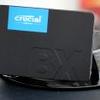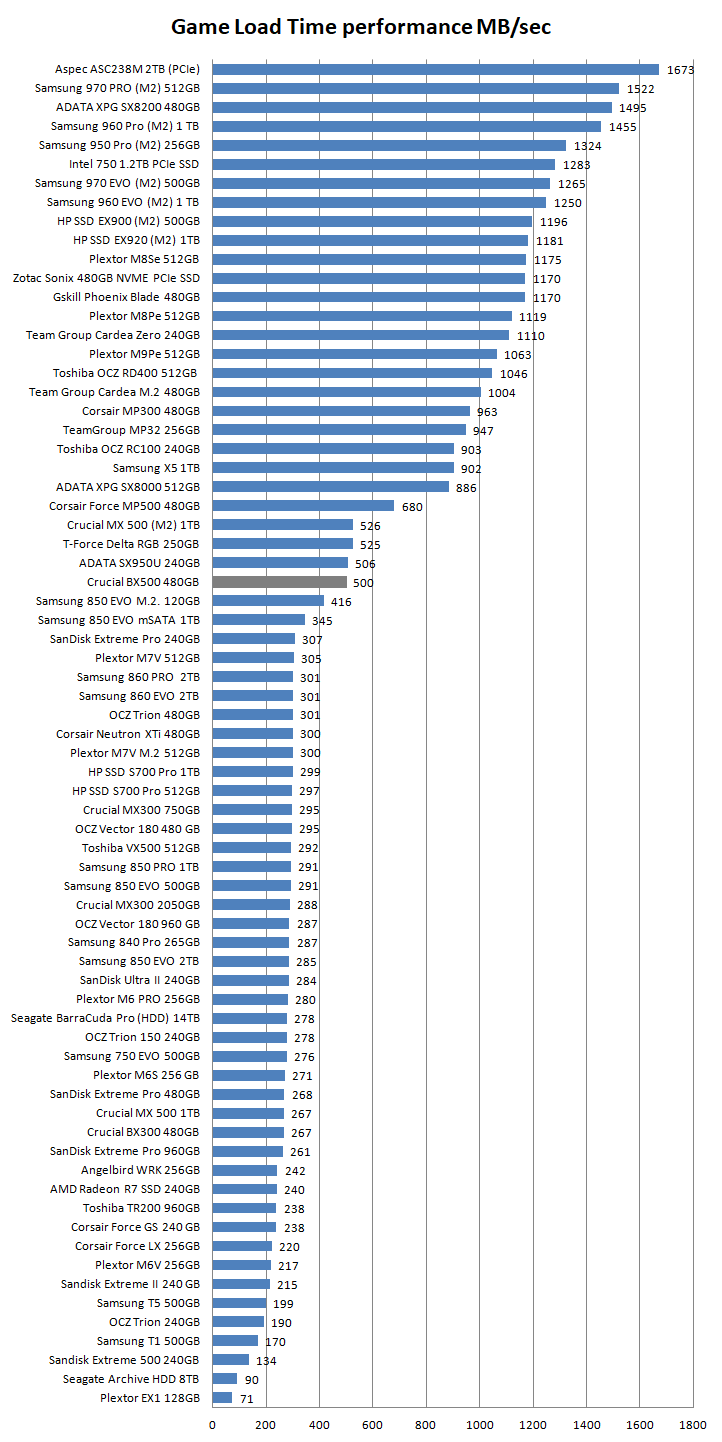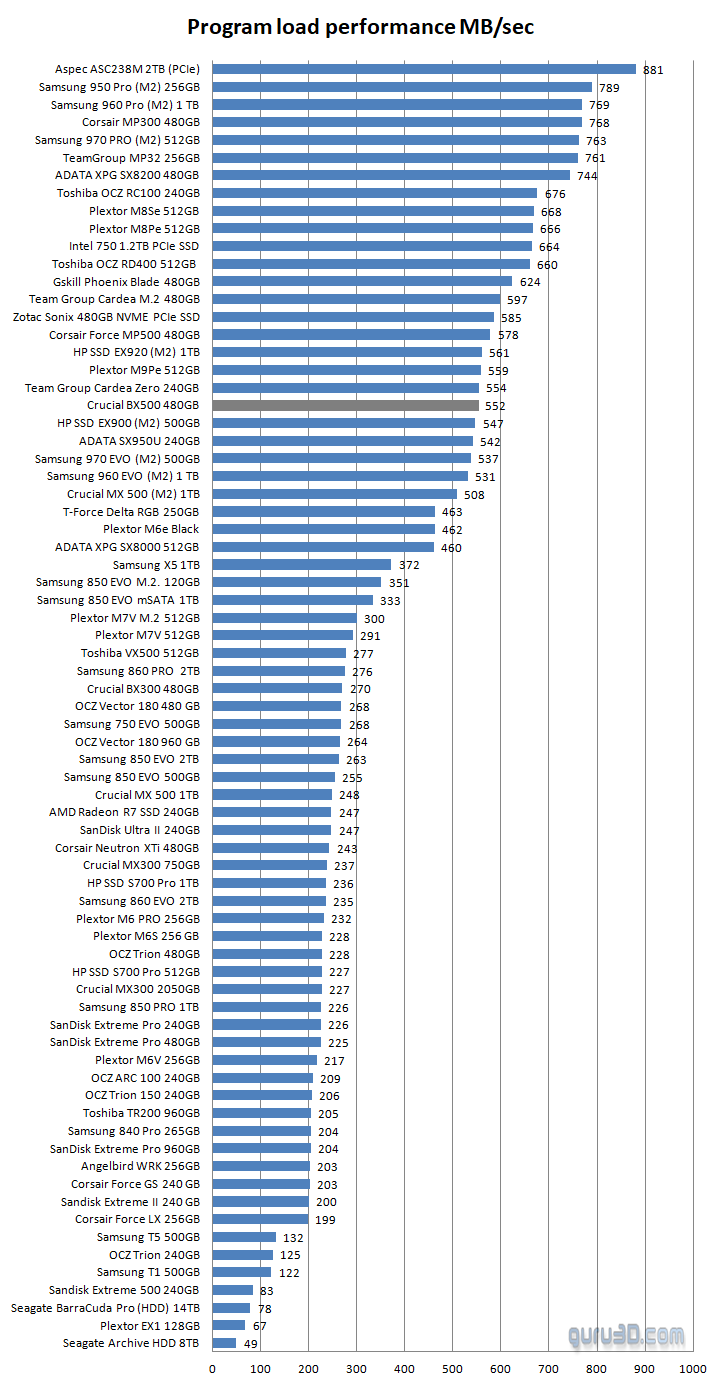SSD Performance File Copy Tests
SSD Performance
In this round of benchmarks, we start off with our real-world file copy tests. Currently, certain controllers benefit from compressed files, while others don't. Certain storage units hate small files, others work well with them. So it only makes sense to do some manual tests on that. Any storage unit's nightmare, whether that is an HDD or SSD, is storing really small files as fast as possible.
File Copy
The most basic and simple test anyone can perform. We simply drop a 38 GB compressed MKV file onto the SSD. That write number will fluctuate a bit here and there during the writing process but remains fairly consistent.
Well hey now, you can't complain here, the SSD totally keeps up-to-speed and the SSD does not seem to suffer from a TLC write 'hole'. Very consistent writes, that looks promising and it's really fast at 460 MB/sec.
However, here we can confirm the SSD is lacking a DRAM buffer, after writing 85% of the 38GB file, the performance drops pretty dramatically towards 85 MB/sec. And here we have uncovered the Achilles heel of TLC when not cached with DRAM.
Relatively speaking the write gap occurs only after writing 32GB continuously sustained. How often do you do that? Probably never, so the SLC buffer has got this weakness covered really well. These SLC buffers, however, will be smaller on the smaller volume sizes. I expect that to be roughly 8Gb for the 12GB model and 24 GB SLC writes for the 240 GB model. Really, that's not bad at all.
Performance Game Load Times
Here at Guru3D.com, the audience catered to is primarily made up of gamers. During game load, a lot of things happen in the system. The CPU is hard at work, your SSD loads up executables, binaries, shaders, textures and what not while the system memory process it all. Thing is, with a fast SSD you can really decrease the overall load time of your games and levels.
We now measure based on game sequence load and translate that into the number of MB/s the storage unit can manage and load. Higher is better in this chart.
Performance Application Load Time
Here we emulate the loading of complex software like Photoshop, Internet Explorer, Word, PowerPoint etc. So how many applications / DLLs / hooks / etc. simultaneously in MB/s this storage unit can cope with. High IOPS storage units will score better here as it can manage more files in less time.





